 |
||
|
||
| ||
Photo of the day: Lifeview Fly Platinum TV tuner in our lab Iwill unveils new DH800 motherboard for Xeon-based workstations IDF Spring 2004: FB-DIMM and Memory Implementers Forum. The nearest future of DDR2 IDF Spring 2004: more details on Grantsdale and Alderwood. A mini photo gallery IDF Spring 2004: mobile future, Intelís version. Florence platform IDF Spring 2004: server future live Photo of the day: Lifeview Fly Platinum TV tuner in our lab We are currently testing FlyTV Platinum TV tuner from Lifeview. The model is designed as a PCI 2.2 card and has an interesting feature of stereo sound support (in some versions) based on Philips´s Silicon Tuner chip. Besides, the card has unshielded high-frequency unit (on the photo). The review of FlyTV Platinum is coming, so now here are some photos for you to look at:
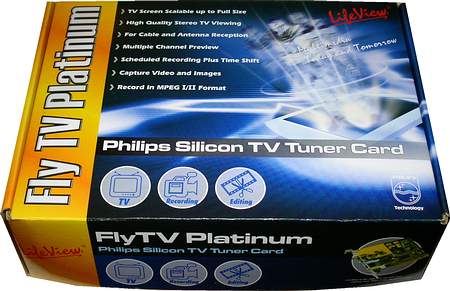 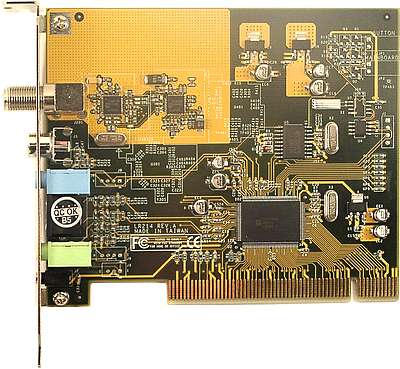 Iwill unveils new DH800 motherboard for Xeon-based workstations Iwill announced its new DH800 motherboard for Intel Xeon workstations. The board supports 2 x Xeon processors, 533MHz FSB, DDR 400 and PCI-X.
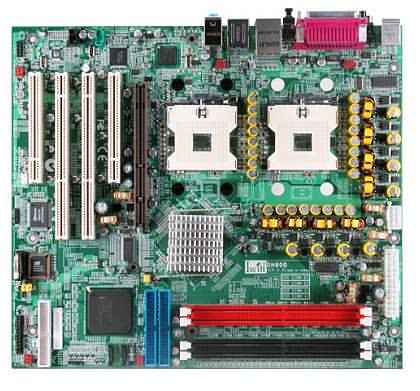 DH800 key specs: IDF Spring 2004: FB-DIMM and Memory Implementers Forum. The nearest future of DDR2 Today IDF Spring 2004 brought the official announcement of a new memory manufacturers alliance ó Memory Implementers Forum. The new industrial organization already has over a dozen members, including Intel, Dell, HP, ATP Electronics, Buffalo Technology, Corsair Memory, Denali Software, Elpida Memory, Hynix Semiconductor, IDT Corporation, Infineon Corporation, Kingston Technology, Micron Technology, Nanya Technology, Samsung, and WinTec Industries. MIF will focus on developing memory technologies like DDR2, that is expected to become one of the key desktop and server component this year, and Fully Buffered-DIMM (FB-DIMM), a new memory bus standard, naturally serial, called to replace the existing DIMM designs in the future. FB-DIMM support in DDR2 is already implemented in Intel´s future architectures.
 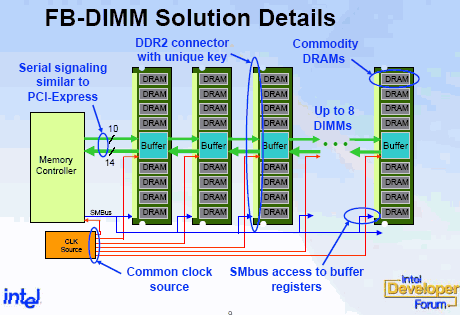  If you are willing to know more details about FB-DIMM, you should visit MemForum official website that has a number of important documents puslibhed. And we´ll continue our report and describe Intel´s plans to support the new memory types.
 As you can see, the freshest roadmap already mentions FB-DIMM scheduling it to next year for the server market. The industry will continue is smooth transition from Low Power SDRAM to low-power DDR. As for RDRAM, it´s intended for the comm market. DDR2 400/533 support is scheduled to this year. According to provisional information, it will be implemented into all major market segments in the nearest future. And here´s the validation and mass production chart of Intel´s partners:
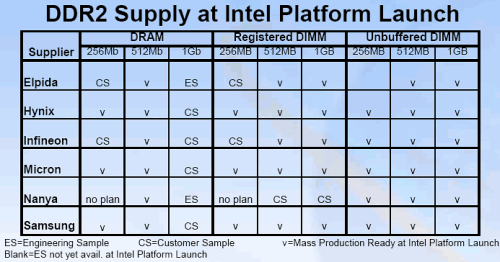 IDF Spring 2004: more details on Grantsdale and Alderwood. A mini photo gallery As you can see, most presentations and speeches conducted on the second day of IDF Spring 2004 were dedicated to server, desktop, and mobile platforms. By the moment, it seems worthy to sum up the information on new desktop platforms scheduled to 2004. Pity, even now the image is not complete, so there are some white points.
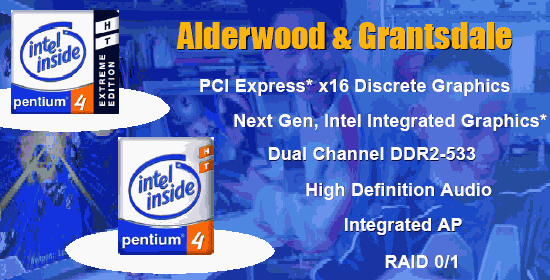 Intel´s most performance chipset of the new generation, Alderwood or i925P, will be:  Alderwood will be a purely discrete chipset (like i875P) and will support only PCI Express 16x graphics cards. It´s interesting that already now, at the development stage, Intel attended to that no Grantsdale "overclockings" could lift them to Alderwood level like it was last Spring when some companies offered possibilities of "overclocking" i865 to the level of i875. Most likely, Grantsdale "overclocking" detection will be implemented on the software level. Grantsdale series — i915P, i915G, i915GV, i915GL — in general mentioned long before this IDF turned out to be almost 100% true. Initially Grantsdale series will be represented by discrete i915P and integrated i915G. Both chipsets will support PCI Express. i915P will work with 775-pin P4 Prescott with 533/800MHz FSB as well as with usual Socket 478. Intel Extreme Graphics 3 core that will first be introduced in integrated Grantsdales will support DirectX 9.0 and OpenGL 1.4, Pixel Shaders 2.0, up to 128MB allocated memory. It will also feature optimizations for energy saving modes, dynamic resolution adjustment for various monitor types, including wide-format. And here are some "live" pictures alongside the news theme made by our Alexander Vorobyev at IDF:
Despite that PCI Express 16x is frankly speaking "not here", NVIDIA´s GeForce PCX announcement signalled to its partners to denote their presence in the new-generation market. MSI unveiled four PCI-E product series under the Samurai PCX brand: Samurai PCX 5950, PCX 5750, PCX 5300, PCX 4300. All cards will support MSI Dynamic EXPRESS Overclocking and T.O.P. TEC COOLING. ASUS is going to release five models, including XN5950, XN5750, XN5750N, XN5300, and XN4300. All cards will support Hyperdrive, GameFace, and ASUS VideoSecurity technologies. Similar to MSI, Leadtek also introduced four new series: WinFast PX380 (GeForce PCX 5950), WinFast PX360 (GeForce PCX 5750), WinFast PX340 (GeForce PCX 5300), and WinFast PX180 (GeForce PCX 4300). Prolink offered its PixelView GeForce PCX series, including GeForce PCX 5950, PCX 5750, PCX 5300, PCX 4300. Of course, companies are not going to ship any of these novelties at the moment, as the market is just not ready as well as motherboard makers, and buyers. Still at the exhibition at IDF Spring 2004 companies showcased some of their novelties. According to our Alexander Vorobyev who made these photos, cards are demonstrated in machines on the new Grantsdale chipsets. As a rule companis showcase reference design on GeForce PCX 5300:
Besides, we made a photo of a low-profile PCI Express card on GeForce PCX 4300 (also MX4000, NV18).
As you can see, everything´s rather simple: finned GPU and PCI Express bridge heatsinks, S-Video and DVI. We suppose such solutions will start hitting the shelves in OEM variants closer to May 2004 and, with time, will replace GeForce MX4000 AGP 8X products.
IDF Spring 2004: mobile future, Intelís version. Florence platform Mobile PC evolution trends designated at IDF Spring 2004 are strongly intertwined with the digital home concept. It seems that the Digital Home initiatives already described at IDF Spring 2004 are worthy of a whole article series, because they denote not only their ubiquitous expansion into everything from mobile handsets to consumer electronics, but also offer certain module specs and general recommendations for various platform versions. In other words, the Digital Home ideology has not only absorbed various Centrino-based consumer electronics sketches, but has also considered a certain mobile platform of the future as a digital home component! But now, let´s leave this extensive theme aside and speak of Florence mobile platform first offered by Intel as a general concept of future notebooks.
 Intel Florence concept notebook series includes three basic models. The first of them is designed for those "workers on the go", the second is a kind of a virtual workplace also denoting the "mobile office" term, while the third is a Mobile Entertainment PC exactly typifying a digital home element. Despite such different target groups, all three models actually represent the so-called "consumer" notebooks, which market should finally form by 2005.
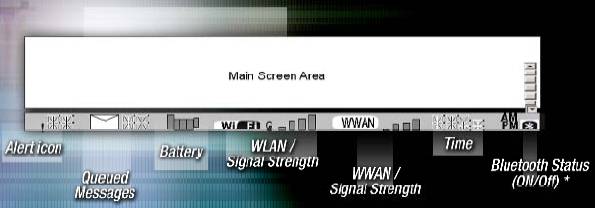  Each notebook has a number of basic features, including detachable LCD display that can be optionally dubbed by a flat-panel monitor or touchscreen, wide security options with support of the latest Trusted Platform Module 1.2 specs, Microsoft Longhorn OS, extended management features, auxiliary LCD display ó Extended Mobile Access (EMA) mounted into notebook body, etc.
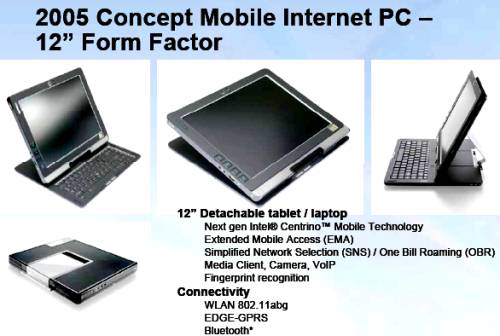 One of the key components of the "on the go" model is a 12" display and a wireless mouse that also works as a VOIP handset. Besides, users will be able to transform such models into tablet PCs.
 The office concept features 15.4" display, array microphones, biosensor, digital camera, also supports EMA.
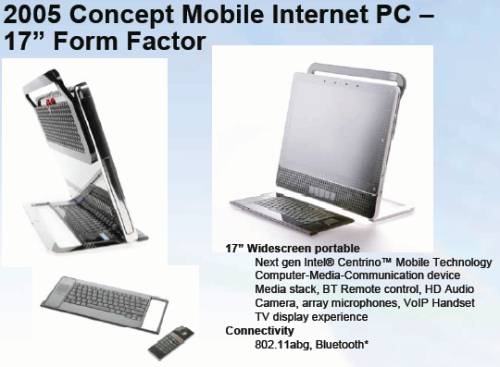 The massive Mobile Entertainment PC will feature a compulsory large display (up to 17"), a universal keyboard ó Bluetooth remote control, an optical DVD drive, and a universal TV/FM tuner. As for the mobile platform evolution trends, the first serious renovation will be the release of 90nm Pentium M processors on Dothan core with 2MB L2 cache. Besides, Intel´s mobile solutions will move to Sonoma platform on Alviso chipset supporting 533MHz FSB, Intel High Definition Audio and featuring integrated TV-Out, up to 4 x PCI Express slots, up to 2GB DDR2, 3rd-generation graphics, display energy saving technology 2.0 and 802.11a/b/g. Within its strategy of developing more efficient mobile components the company plans to devote special attention to energy saving of wireless interfaces.
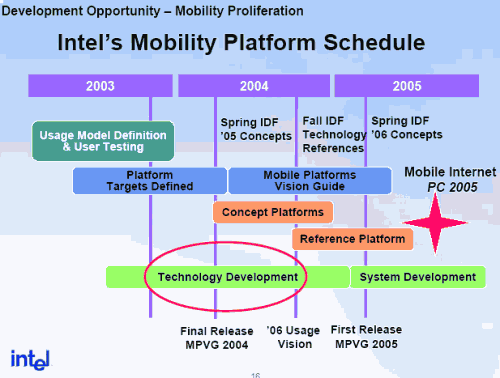 This time we´ll tell you about the future of Itanium platform. During his speech Mike Fister, Senior Vice President, General Manager, Enterprise Platforms Group, introduced some details on new Itanium chips and their release dates.
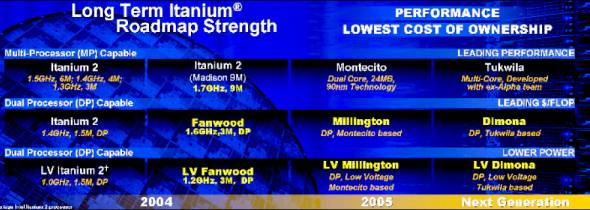 So, the Itanium MP family for multiprocessor systems will be extended this year with a new 1.7GHz processor with Madison 9M core with 9MB L3 cache. At the same time, the current Itanium DP (Madison) and LV Itanium DP (Deerfield) products will be replaced by models on Fanwood core with 3MB L3 cache, 1.6GHz standard and 1.2GHz low-voltage clock speeds. The year 2005 should bring the most interesting events in this field, because Intel plans to unveil its 2-processor Montecito chip. We already know that Montecito will be made using 90nm process, will feature integrated power management system, up to 24MB L3 cache, Pellston reliability support, Foxton performance support. The processor will be used in Bayshore platform based on PCI Express and DDR2 technology and higher-clock FSB. The next generation of Montecito-based Itanium MP multiprocessor cores will be named Tukwila. Currently we only know that it will be developed by specialists that worked on Alpha chips in the past. Naturally Tukwila will be the base for the standard Dimona and low-voltage LV Dimona designed for dual-processor market. Besides, Montecito will also become the base for two DP solutions, Millington (standard and LV).
IDF Spring 2004: server future live It´s now the second day of IDF Spring 2004. Our Alexander Vorobyev informs us from Moscone Center that
In the next news we´ll report about company´s desktop and mobile components roadmap. Stay tuned!
Write a comment below. No registration needed!
|
Platform · Video · Multimedia · Mobile · Other || About us & Privacy policy · Twitter · Facebook Copyright © Byrds Research & Publishing, Ltd., 1997–2011. All rights reserved. |